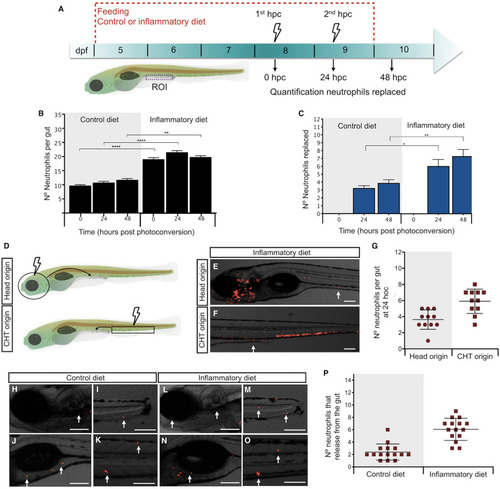- Title
-
Intestinal Inflammation Induced by Soybean Meal Ingestion Increases Intestinal Permeability and Neutrophil Turnover Independently of Microbiota in Zebrafish
- Authors
- Solis, C.J., Hamilton, M.K., Caruffo, M., Garcia-Lopez, J.P., Navarrete, P., Guillemin, K., Feijoo, C.G.
- Source
- Full text @ Front Immunol
|
Intestinal inflammation induced by soybean meal alters intestinal physiology and is independent of the presence of microbiota. |
|
Intestinal inflammation induced by soybean meal increases neutrophil turnover. PHENOTYPE:
|
|
Gut microbiota changes induced by soybean meal diet. |



